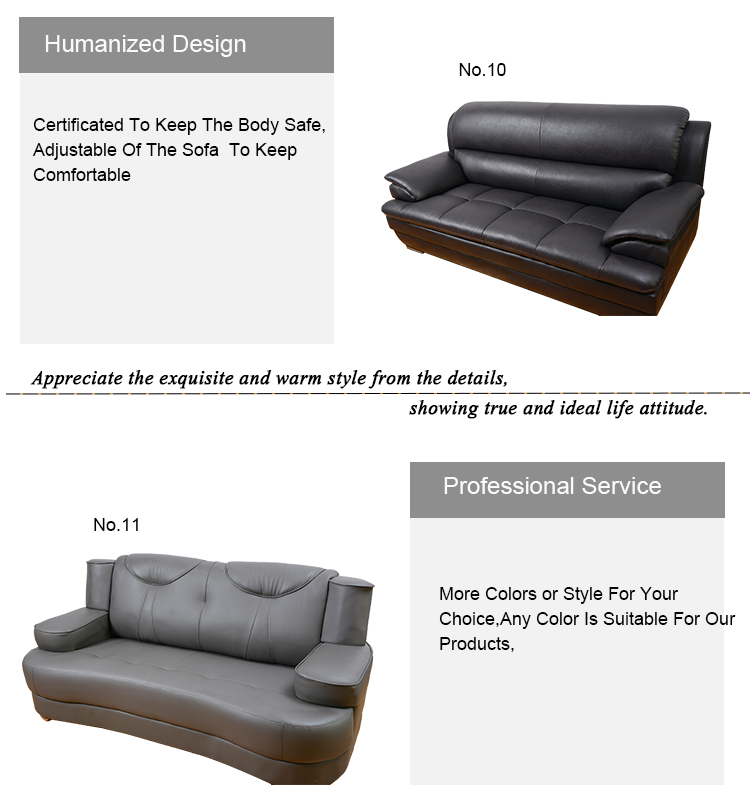Title: Comprehensive Guide to Human Engineering in Sofa Design
Sofa design is not only about aesthetics but also functionality. Human engineering plays a crucial role in ensuring comfort and support for the users. A comprehensive guide to human engineering in sofa design includes understanding the anatomy of the human body, ergonomic principles, and designing for different body types. The guide highlights the importance of providing proper back support, adjusting seat depth and height, and incorporating adjustable features such as cushions and armrests. Additionally, the guide emphasizes the need to consider factors such as posture, circulation, and weight distribution while designing a sofa. By incorporating human engineering principles into sofa design, designers can create furniture that not only looks great but also promotes health and well-being. This guide provides valuable insights for designers, manufacturers, and consumers who are interested in creating comfortable and supportive sofas that meet the needs of people of all ages and body types.
Introduction:
The sofa, an essential piece of furniture in every household, plays a vital role in providing comfort and relaxation. However, designing a sofa that caters to the needs of its users is not merely a matter of aesthetics. It requires a deep understanding of human anatomy, particularly in terms of seating posture and ergonomics. This guide explores the key principles of sofa design based on the principles of human engineering, also known as ergonomics. By adhering to these principles, designers can create sofas that not only look great but also provide maximum comfort to their users.

1、Seating Posture: The Foundation of Sofa Design
The way we sit on a sofa is influenced by our body's natural position and posture. When sitting on a sofa, our primary goal is to maintain proper alignment with our spine, shoulders, hips, and knees. This means that the design of the sofa must accommodate our bodies in a way that promotes good posture and reduces the risk of back pain and other discomforts.
2、Seating Surface: Balancing Comfort and Support
The seating surface is another critical element in sofa design, as it directly affects our comfort and support. A comfortable seating surface should be firm enough to provide adequate support for our spine and soft enough to cradle our curves without causing pressure points or discomfort. Designers use various materials and textures to achieve this balance, such as high-quality foam padding, upholstery fabrics, and adjustable cushions.
3、Armrests: Adding Comfort and Functionality

Armrests are another essential feature of sofa design that can significantly enhance comfort and functionality. They provide support for our arms and hands, preventing strain and fatigue when resting on the couch. Additionally, armrests can be used to adjust the height and angle of the couch to suit individual preferences and posture requirements. There are various types of armrests available, including vertical, horizontal, and curved designs, each with its unique advantages and drawbacks.
4、Cushion System: Tailoring Comfort to Personal Preferences
Cushion system is perhaps the most crucial aspect of sofa design when it comes to comfort. A well-designed cushion system can provide targeted support to specific parts of the body, such as the neck, shoulders, hips, and back, while minimizing pressure points and reducing discomfort. There are several types of cushion systems available, including foam, fiberfill, and innerspring. Each material has its unique characteristics and performance levels that designers must consider when creating a custom cushion system for a particular sofa model.
5、Back Support: Enhancing Ergonomics and Comfort
Back support is another critical component of sofa design that can significantly impact comfort and overall user experience. A good back support system should provide adequate cushioning to reduce stress on the lower back and promote proper alignment with the spine. There are various ways to incorporate back support into a sofa design, including built-in pillows or cushions, adjustable headrests, and integrated lumbar support systems.

6、Customization Options: Tailoring Sofa Design to Individual Needs
Customizability is another advantage of sofa design based on human engineering principles. Designers can create sofa models that cater to specific user needs and preferences by offering various customization options such as seat depth, arm length, cushion firmness, and back support level. This flexibility allows users to fine-tune their sofa's configuration to match their unique body type and posture requirements.
Conclusion:
In conclusion, designing a sofa that incorporates principles of human engineering is crucial for ensuring optimal comfort and functionality for users. By focusing on factors such as seating posture, seating surface, armrests, cushion system, back support, and customization options, designers can create sofas that not only look great but also promote good health and well-being. As more consumers become aware of the importance of ergonomic design in furniture selection, we can expect to see continued innovation in this field, leading to even better products that cater to our changing needs and preferences.
Articles related to the knowledge points of this article:
Title: Exploring the World of Tie Knots: A Comprehensive Guide to Different Types of Ties
Title: The Evolution and Origin of Ties: A Journey Through Time
Title: Mastering the Art of Tie Tying: A Comprehensive Tutorial on How to Tie a Tie
Title: Discovering the Best Places to Purchase a Winning Tie: A Comprehensive Guide
How to Store Your Winter Coats Efficiently and Organized?
Title: The Evolution of the Tie: A Journey Through Time and Culture



